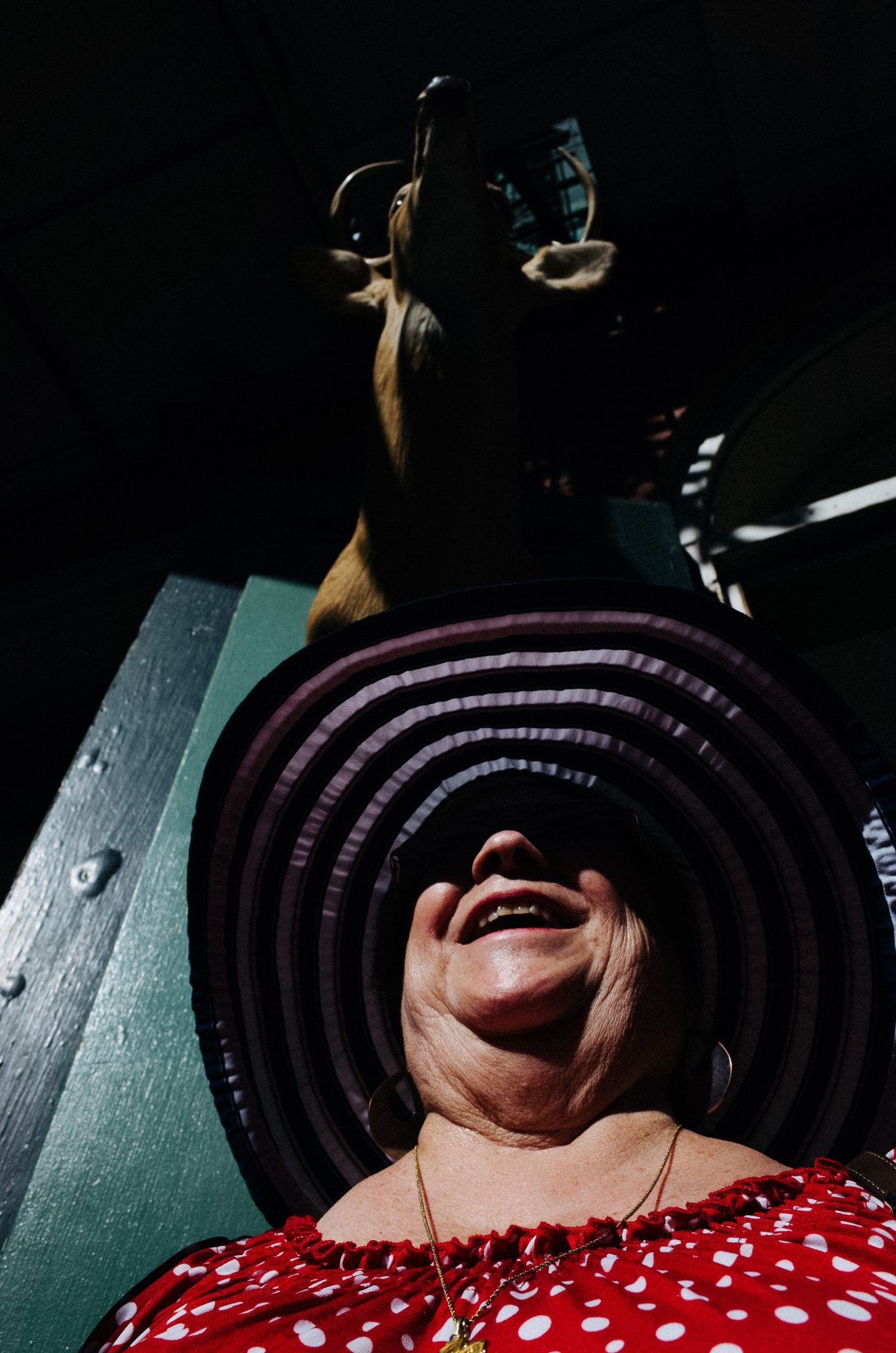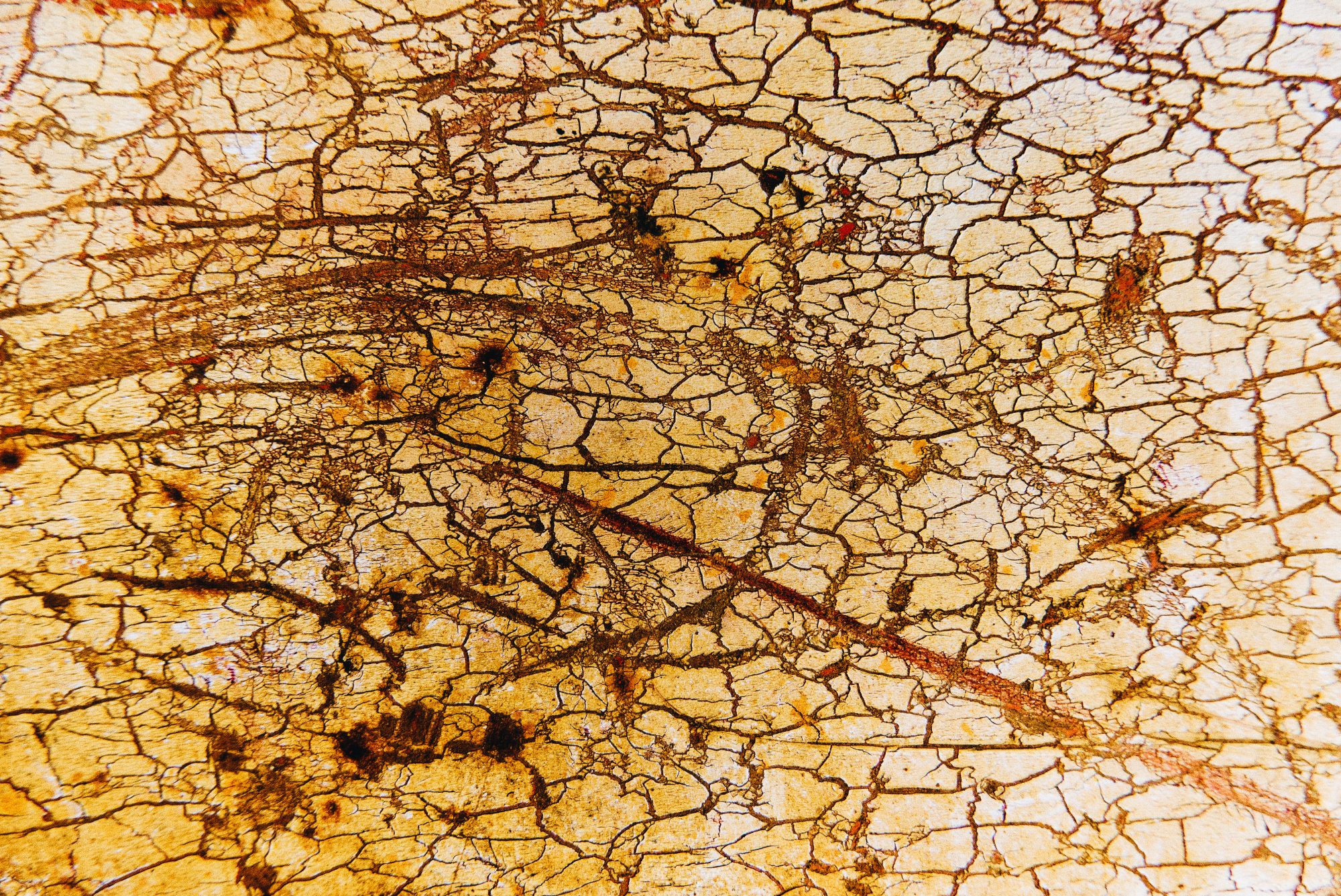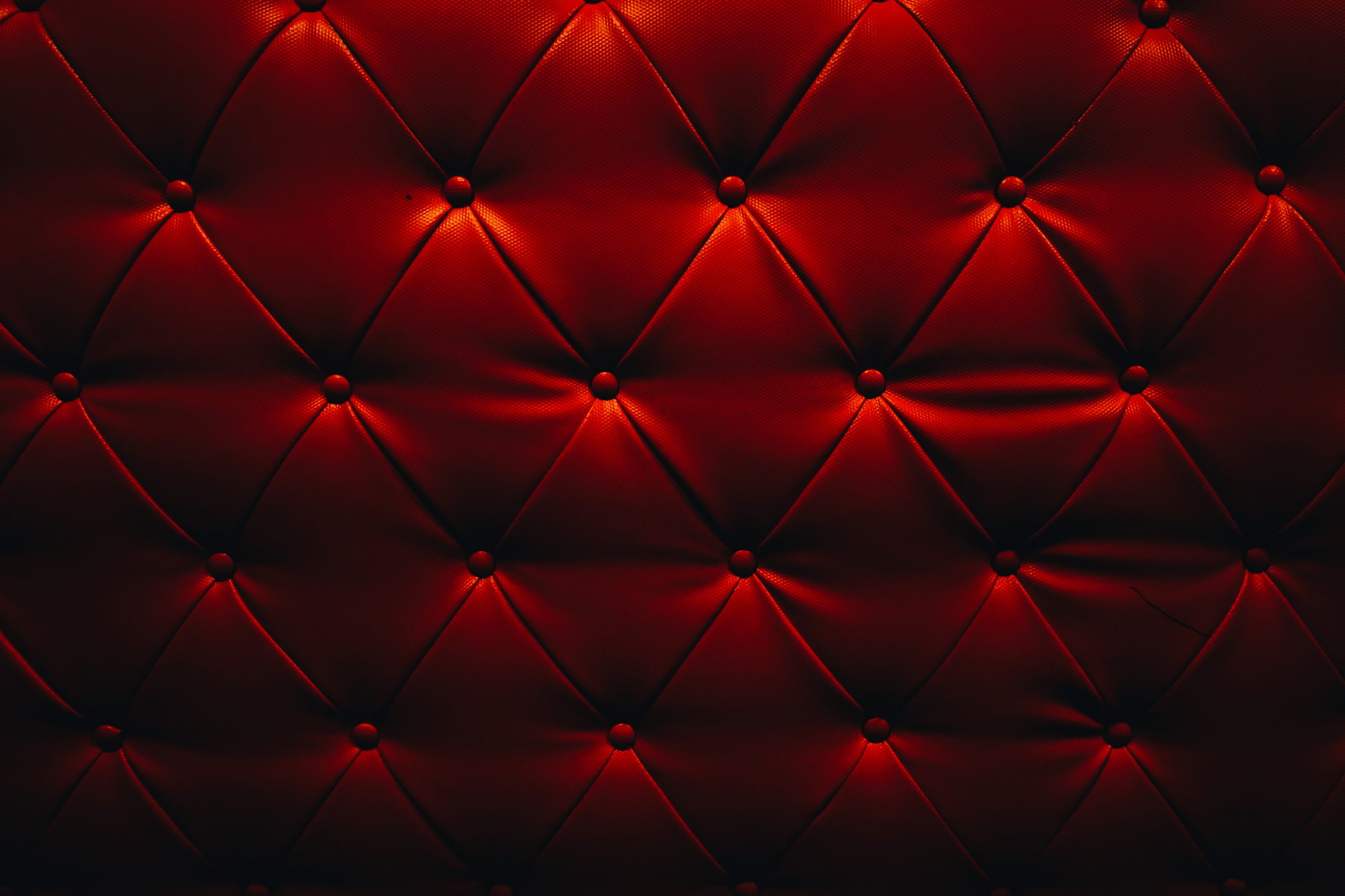Your cart is currently empty!
Why Curate Your Photos?
To ‘curate’ means choosing the photos you care about. To build your strength as a photographer, you must curate your work to only display the photos you care about.
Curate your photos because you care.








If you showed ALL your photos that you ever took, it would be highly impractical.
I encourage you to only show photos you care about, because the photos you care about are authentic to you. And the more authentic you are as a photographer, the more loyal the following you will build.
Furthermore, if you are sharing photos you care about, most likely you are going to be more innovative as a photographer– because you are showing your own personal taste and vision as a photographer, instead of seeking to just please others.
Below are some practical tips and ideas on how to better curate your work:
Categorize your photos after you’ve shot them

















One basic idea:
To curate your photos, look back at your work and choose the photos that fit the similar series or set.
For example, you can have a random assortment of photos. Go swimming through your old photos, and categorize them afterwards.
For example, you can see above is a curated set of my current favorite street portraits.
Aesthetic consistency







Another simple idea:
Categorize your photos based on a consistent aesthetic.
For example you can see above are a set of photos shot high-contrast black and white.
Let your photos marinate

















To let your photos ‘marinate‘ means:
Before deciding whether you like the photos or not, wait at least 1 year before making a critical judgement.
This is the problem: when we judge a photo too quickly after we’ve shot it, we cannot be objective.
For myself, curating my photos involves time. The longer the time elapses from the moment when I initially shot the photo and when I’m reviewing/judging them afterwards, the more objective I become.
Keep making new photos

With curation (determining which photos you care about), allow yourself to keep shooting new photos.

Review your new photos often, because it will show you how your visual tastes are changing/evolving.
Keep or ditch?

A simple way to curate your work is this:
When reviewing your photos that you shot recently, figure out which photos to ‘keep’ and which photos to ‘ditch’.
But how do you know whether you should keep or ditch a photo?
My suggestion:
Follow your gut.
If you look at the photo and you like looking at it, it is a good photo. Then keep the photo. If you don’t like looking at your photo, ditch it.

When you ‘keep’ a photo, store it in some hard drive, or in Dropbox. For ‘ditched’ photos, allow yourself to delete them. I don’t encourage you to save all your photos.
With curating your work, it takes more skill to ditch a photo than to keep a photo.

And also:
When in doubt, ditch.
If you need assistance keeping/ditching your photos, upload them to arsbeta.com
The small thumbnail test

It is often difficult to ascertain whether a photo is good or not.
A simple trick:
Look at your photos as small thumbnails, and only keep photos which you think look as good small thumbnails.
This is my thought:
If a photo works well as a small thumbnail, it will most likely work well as a full-resolution (or full-screen) image.
The benefit of curating our photos by looking at them as small thumbnails is that:
- We can look through our photos quicker and more effectively
- We can quickly determine the composition of our photos
- We can think of fun ways to collage/combine our photos
For example below is just a quick selection of photos I chose from small thumbnails and created a ‘Tiled Gallery’ in WordPress, and I like it– because I can quickly see all my photos, and all of them look good to me:







































Printing a photo book
When Cindy suggested that I should print SUITS, I had to look at all my photos of suits, and I had to determine which photos I wanted to keep in the book.
Some tips on how I was able to choose photos for the book:
- Know that a photo book will last forever, so ask yourself: “Will I still like this photo 10 years from now?”
- Generally speaking, if your photo is older and you still like it– it is a strong photo.
- When sequencing your photos in the book, just follow your gut. Photo-sequencing is more like poetry than science.
- Work with a creative collaborator who can input feedback (someone you trust, and someone you can bounce ideas off of)
- Use Adobe InDesign to design your photo book (like Cindy recently did with HAPTIC MAGAZINE).


Lisbon 


































Conclusion

With curating your work, always ask yourself:
Do I care about this photo?
You can care for the photo based on:
- Whether you like the aesthetics (the color, the tones, the look of the photo)
- Whether the photo is a meaningful image (whether it is of your loved one, or someone close to you)
- You can shoot a bunch of random photos and categorize them afterwards, or you can figure out a general project-idea, and loosely shoot according to it. I generally recommend sticking with the same camera and lens for at least a year — to have a consistent look and aesthetic to your photos.
- Study photo books and projects you like, and try to emulate them.
- Don’t worry whether others will like the photo or not; only pick photos YOU like!

SHOOT ON!
ERIC
Discover Your Unique Voice in Photography at ERIC KIM WORKSHOP >
